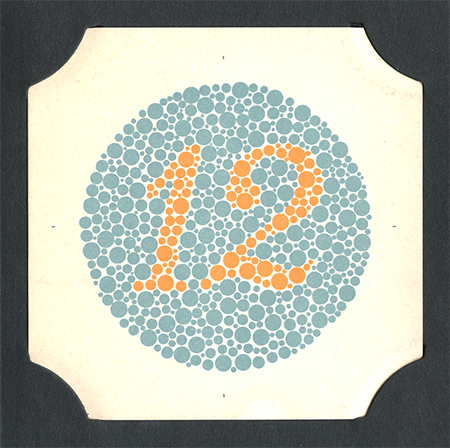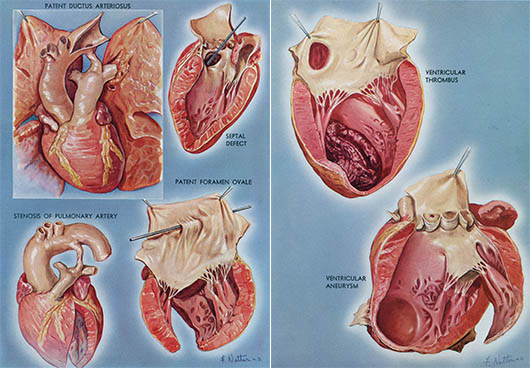
The new AVG Free has sped up its installation process, although it's not as zippy as the minute-long installations that some of AVG's paid competitors offer. We found that the program can go from completed download to ready to use in about 5 minutes. Gains might have been made elsewhere, but a big contributing factor to that is that AVG has cut down the number of install screens users see, from 13 in the previous version to 5 in the 2011 version.
AVG's toolbar is still an opt-out feature. It also will commandeer your default search engine for Yahoo, so if you don't want it to do that, you'll want to uncheck the box that changes your search engine, too. Also unchanged is registration, which is a free process and can be completed from within the AVG interface.
Users who opt out of installing the toolbar but want it later will need to rerun the installer to get that component
Download link: http://www.4shared.com/file/t-awybrp/AVG_Antivirus_Internet_Securit.htm
read more for the other programs







